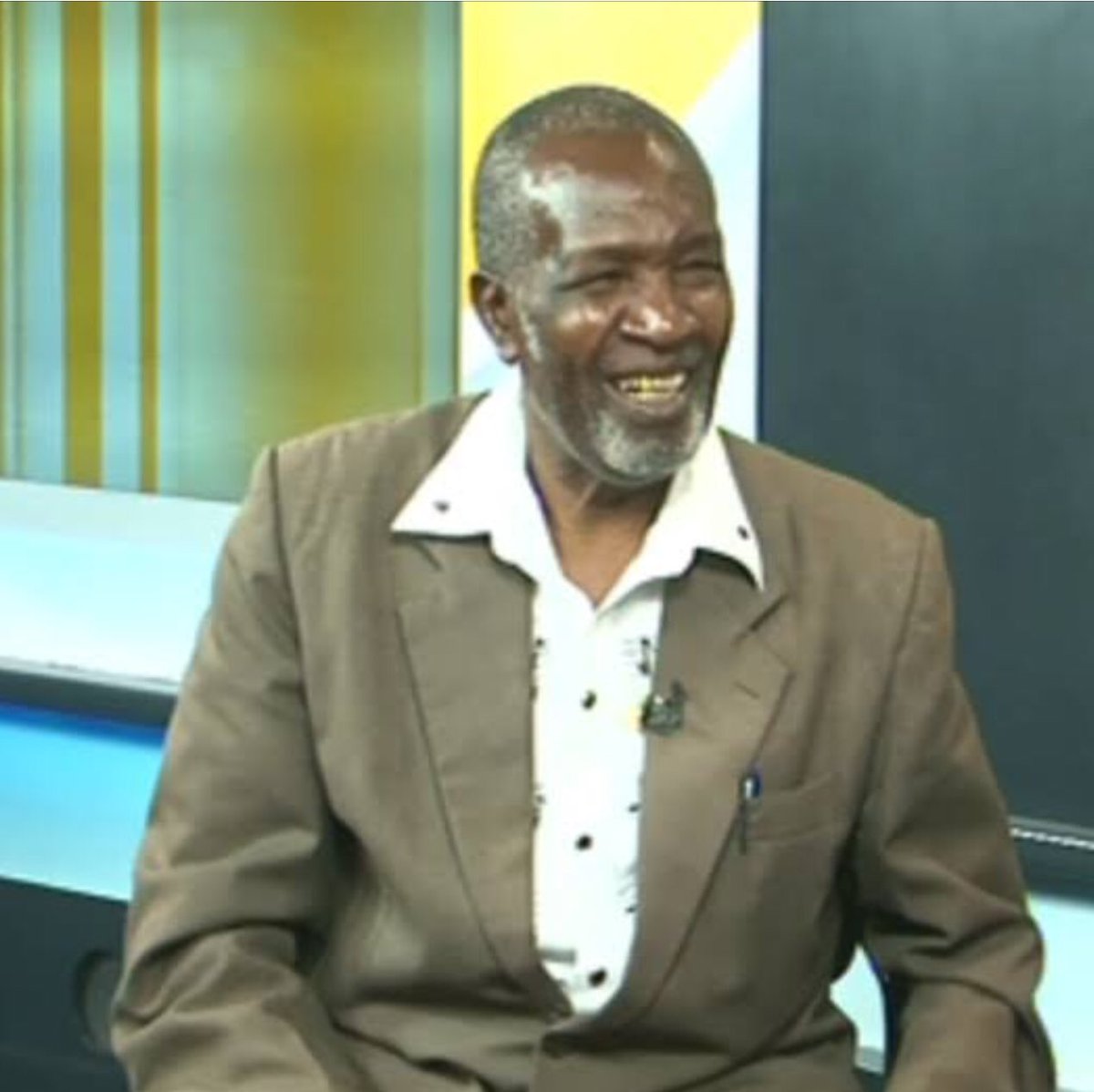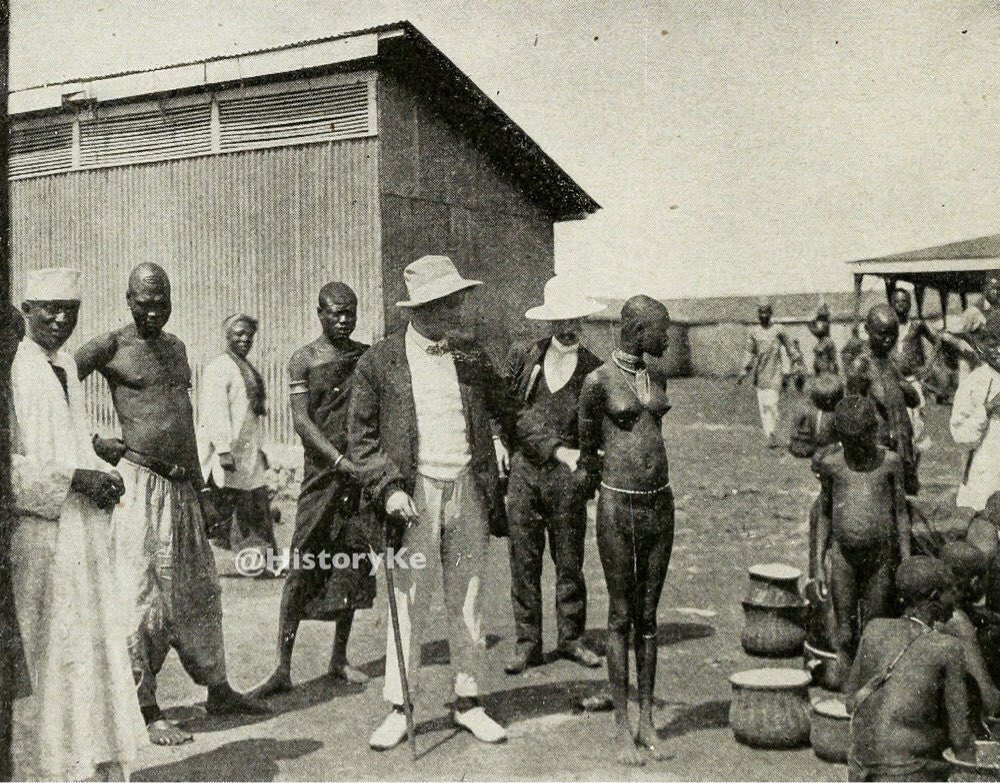1/22 #HistoryKeThread As Christianity spread among African communities in the early 20th century, locals desired leadership of their own churches instead of being led by European missionaries, who were viewed as agents of colonialism. 

2/22 Some Africans were uncomfortable with the interpretation of some of the scriptures. On this account alone, for instance, the Holy Spirit Church, also known as the Roho Churches, broke away.
3/22 Independent churches, and even schools, began to sprout in various parts of Kenya. They had similar characteristics. For example, Africans led the worship services. Some allowed certain traditional customs, such as female circumcision and polygamy.
4/22 Others also allowed use of drums and other traditional African musical instruments during praise and worship.
5/22 The first traditional African church in Kenya was the Nomiya Luo Mission. In Dholuo, Nomiya means “I was given” (God’s word).
6/22 The Church was founded in 1907 by Johana Owalo, who, incidentally, had taught Jomo Kenyatta when the latter attended the CMS School in Nairobi. A native of Asembo in Luo Nyanza, Owalo had left the Church of England to become a Muslim when he worked as a...
7/22 ...house servant for a while in Mombasa. He later joined a Catholic Mission on his return to Nyanza.
8/22 One evening in 1907, Johana denounced Catholicism. He preached that the angel Gabriel had in a vision taken him on a tour of the heavens. Johana asked where the Pope was, and was told that nobody there knew anyone of that name. They only knew those whose... 

9/22 ...names were written in the book which was kept there. He was shown into the presence of God who wore a white robe and sat on a throne. From his mouth came the Holy Spirit like a cloud of smoke.
10/22 On his right side sat Jesus. Johana knelt before Jesus, who rebuked him and said that God alone was worthy to be worshipped. The experience, he told his followers, made him realise that there was only one God worthy of worship. It was then that he...
11/22 ...started the Nomiya Luo Mission.
12/22 The new church practiced male circumcision, laid emphasis on the Ten Commandments and forbade drinking, smoking and even dancing. It however allowed polygamy.
13/22 As his church grew in popularity, the established churches, particularly at Maseno, called on the colonial authorities to rein on him. In his book, Not Yet Uhuru, the late Jaramogi Oginga recalls an incident in which Johana was summoned by a white...
14/22 ...District Commissioner and ordered to account for his actions at a baraza.
15/22 “Leave me to preach”, he told the authorities. “I’m preaching to Africans, not to Whites.”
16/22 But the spread of Nomiya was curtailed after Johana’s sudden death in 1921, after which Bishop Petro Ouma and, later, Bishop Benjamin Oundo took the reins.
17/22 The church spread towards Tanzania and in wider Nyanza. The Daily Nation reported recently that in spite of facing splinter challenges, the church had more than 50,000 faithful by 1966. A few years later, Archbishop Gideon Charles Owalo, who was founder...
18/22 ...Johana Owalo’s son, took over leadership of the church.
19/22 The Archbishop (pictured) was fairly well educated, unlike those he took over from. Educated at Maseno School and Makerere University, the Archbishop was a teacher. His father had taught Jomo Kenyatta at the CMS Missions. And he, the Archbishop, had... 

20/22 ...taught Raila Odinga at Maranda High School.
21/22 The Archbishop died of illness in 2015. One of his famous children is Eliud Owalo, a one time campaign manager for Hon. Raila Odinga.
Images courtesy kenya-today dot com, Mill Hill Fathers and Daily Nation.
• • •
Missing some Tweet in this thread? You can try to
force a refresh














